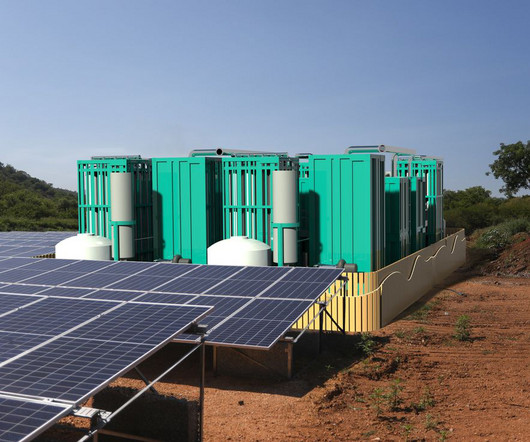U Waterloo team shows four-electron conversion for Li-O2 batteries for high energy density; inorganic molten salt electrolyte, high temperature
Green Car Congress
AUGUST 26, 2018
Nazar and her colleagues switched the organic electrolyte to a more stable inorganic molten salt and the porous carbon cathode to a bifunctional metal oxide catalyst.




















Let's personalize your content